Despite its recent troubles, Red Bull has claimed victory in seven of the opening 14 rounds of the 2024 F1 season.
Now, having reached the end of the first part of the year, it is time to take stock by analysing... and it feels prudent to begin with the Milton Keynes team's RB20.
Whilst it is the car that currently leads both the constructors' and drivers' championships, at the hands of Max Verstappen, the ranking itself seems somewhat misleading compared to the performance trend seen in the run up to the summer break.
In reviewing the performance of the RB20, and the effectiveness of the upgrades progressively introduced, the question arises whether Red Bull has reached the end of its development curve with its current concept, with the law of diminishing returns having evidently set in.
The team essentially introduced three large evolutionary packages over the opening 14 rounds of the year.
The first, at Suzuka, saw the evolution of the car involve both the addition of cooling inlets on the sides of the cockpit, with a complex operation of remaking the internal ducts that feed the radiators, and heat exchangers placed on four separate levels.
Also in Japan, Red Bull introduced a new version of the floor, which was radically modified at the level of the lateral edge and the terminal portion of the flow diverters placed under the bottom.
On that occasion it is legitimate to argue that the double intervention had in fact met expectations, both in terms of reliability (the additional air intakes) and performance.
In Spain, the modifications continued. Pierre Wache pointed out that the changed vertical air intake profile was mainly in favour of reliability - a change that would have aided the efficiency of the RB20 undercut.
Despite Verstappen's success at the Circuit de Barcelona-Catalunya, it was not clear how this development could have increased the car's performance.
The impression over the European triple-header, that culminated with the British Grand Prix, was that the behaviour of the car had not undergone any particular modification that would the RB20 greater precision in entering corners.
It is an issue long complained about by Verstappen and, perhaps, may also in some part be the basis of Sergio Perez's disappointing performances.
Although on multiple occasions the engineers of the Milton Keynes-based team monitored the effectiveness of the front suspension, specifically the movements of the pull rod, what was observed - and confirmed also by our sources within the team - was an ever-greater attention to trim adjustments in order to make the behaviour of the car less critical.
However, a definitive solution that satisfied the drivers, especially the reigning drivers' champion, was never found.
The latest aerodynamic development was introduced in Hungary, with a profoundly modified version of the upper bodywork of the RB20.
The team opted to remove the long bazookas (gulleys) and replace them with large cooling slots.
The objective of the evolution was twofold. First, it aided cooling at hotter races and secondly, as is required at the Hungaroring, it increased downforce.
The changes introduced in Hungary helped from a reliability point of view, but it cannot be said to have guaranteed the performance expected.
In essence, it is as if the RB20, despite remaining a car capable of excellent performance, especially on a single lap, has gradually proven to be subpar in its performance during race distances - especially when compared with the rising performance of McLaren and Mercedes.
The current situation appears to be the result of a design and development strategy chosen upstream.
The engineers directed by Wache were convinced, right from the stage of drafting the concept of the RB20, that this season there would be a decisive convergence in performance.
Therefore, it was necessary to take a further step, which gave rise to an extreme project, in terms of the cooling system.
It certainly produced tangible advantages in the first races of the season, before the opponents could introduce substantial developments to their respective cars, but then, starting from the Miami Grand Prix, highlighted that the project had already reached optimum performance - with subsequent developments, it would only be possible to optimise its behaviour.
In short, the initial top performances of the RB20 has masked the limits of further development of the car, which was very much tied to its complex initial layout.
For this reason, even the suspension settings - modified with particular attention to the management of ride heights - do not result in any particular changes in terms of dynamic behaviour.
For the rest of the season, it will be interesting to observe whether the summer break will have allowed the Milton Keynes engineers to find solutions that can make the RB20 a more all-round or less track-sensitive car, like its predecessor, the RB19.
Don't miss out on any of the Formula 1 action thanks to this handy 2026 F1 calendar that can be easily loaded into your smartphone or PC.
Download the calenderMost read
In this article
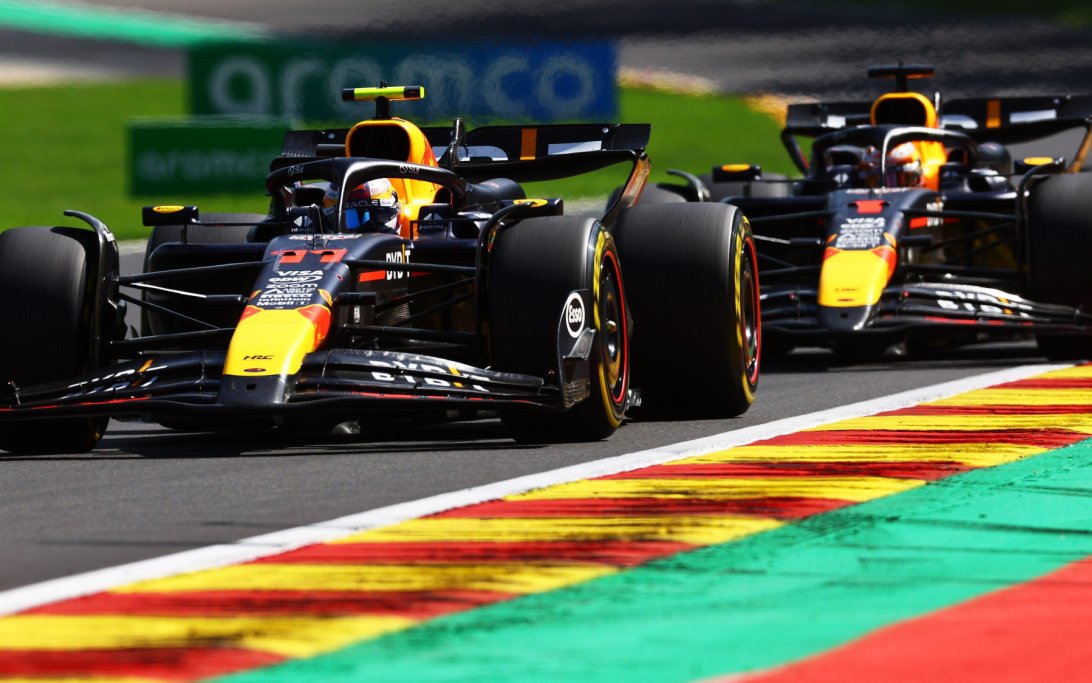
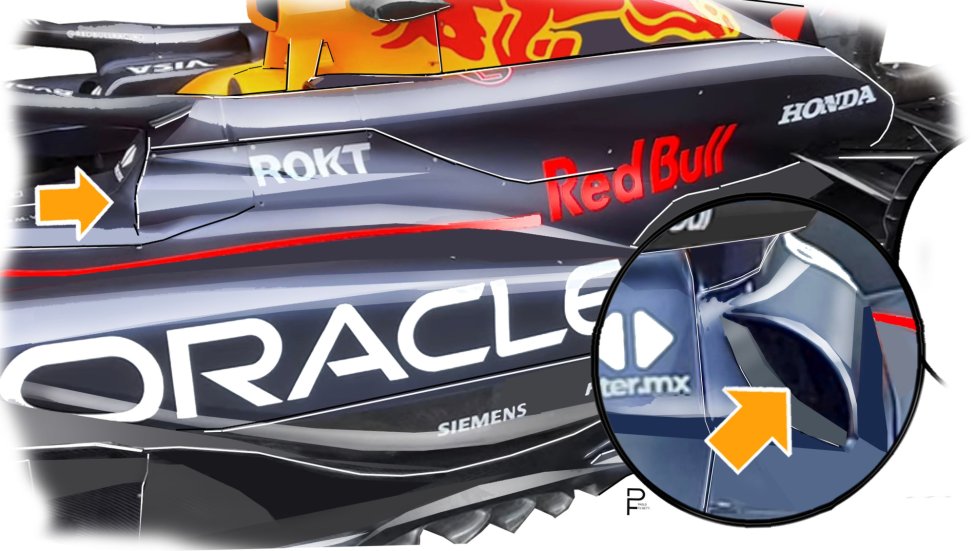
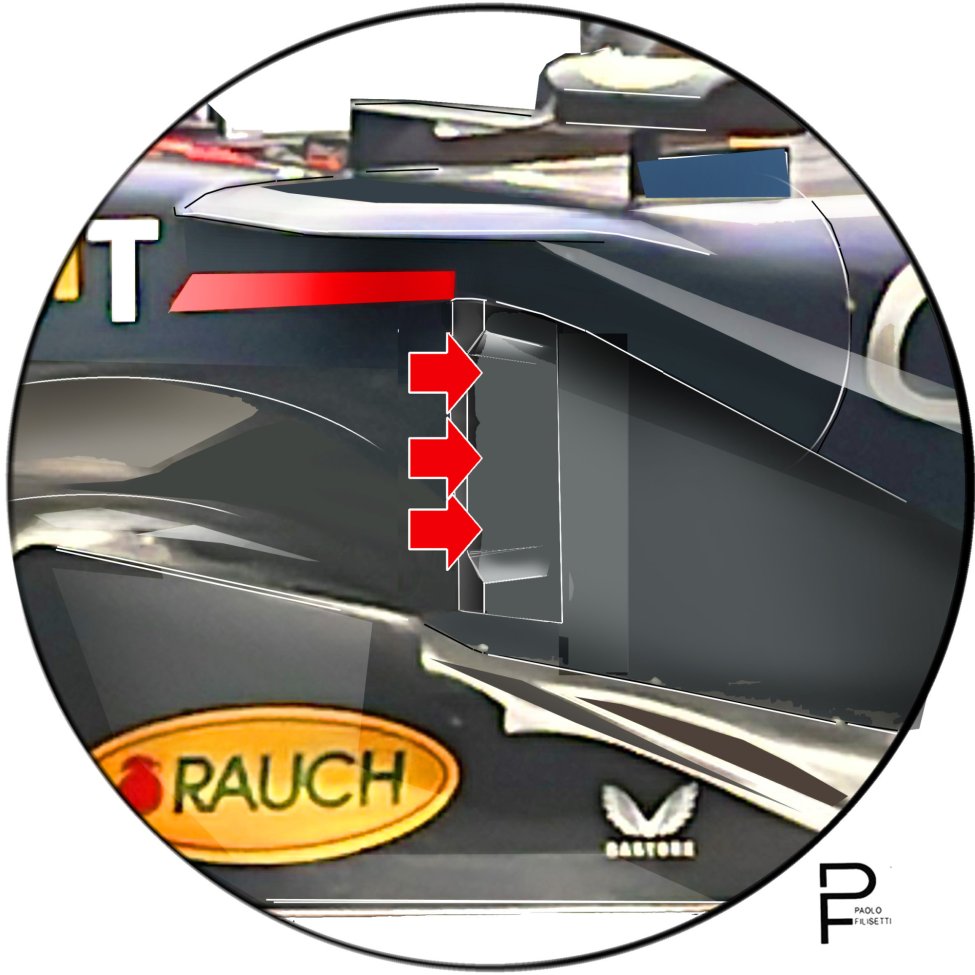
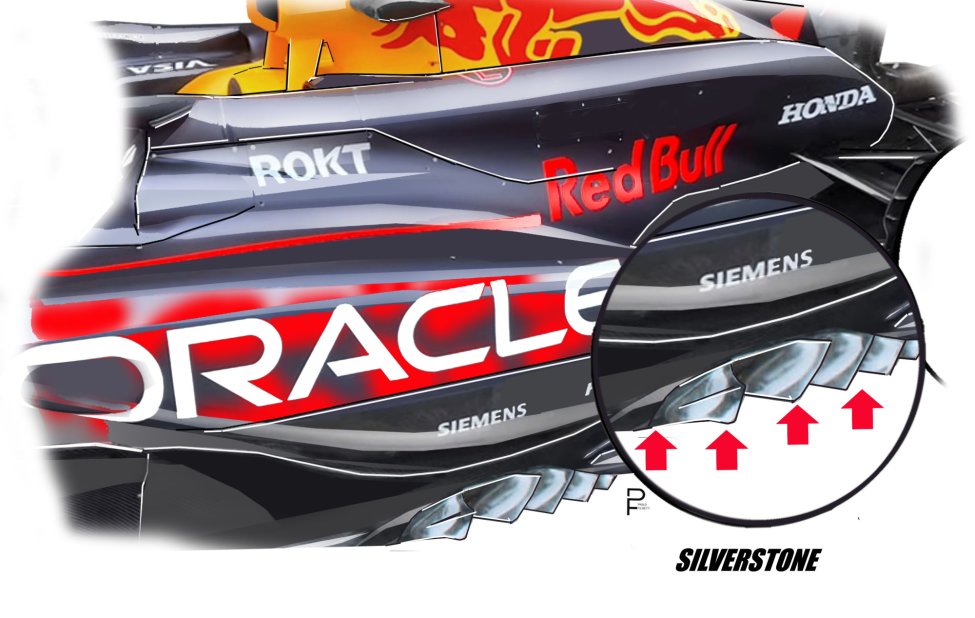
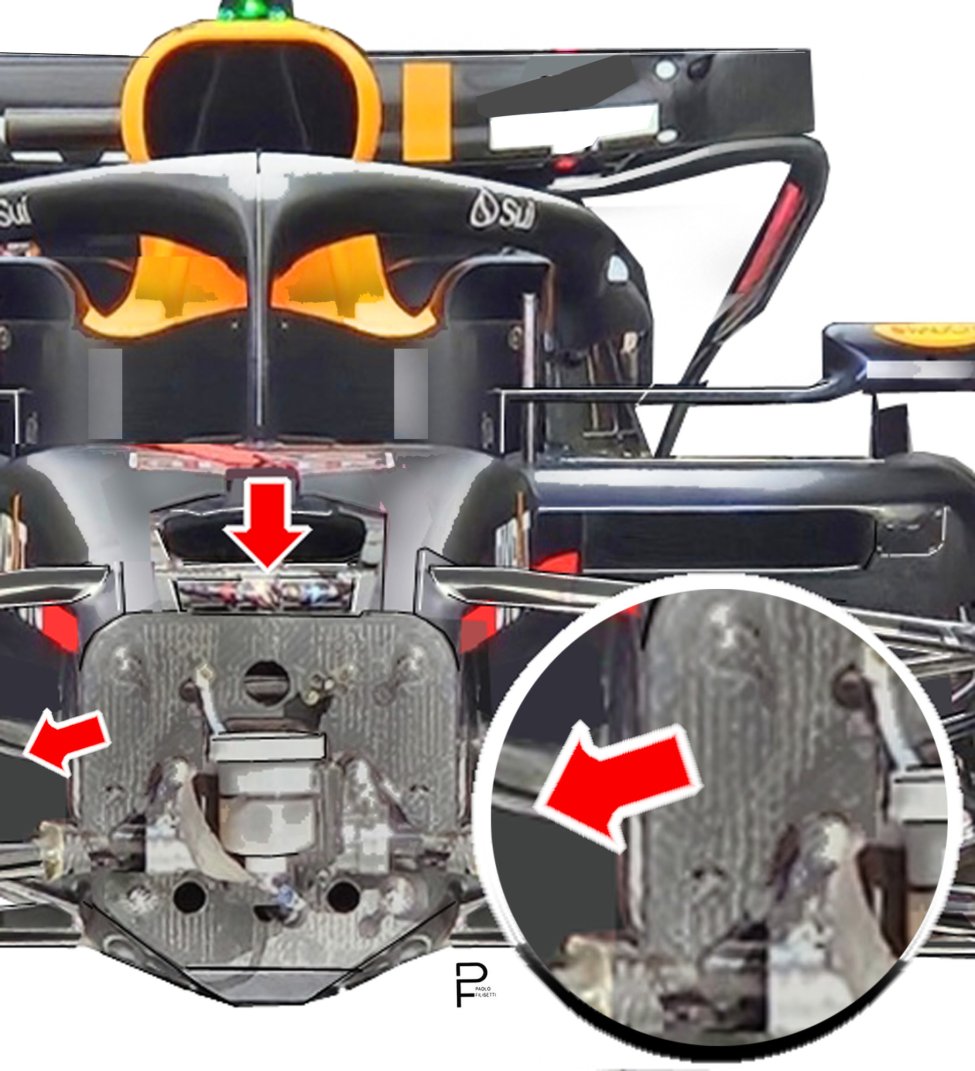
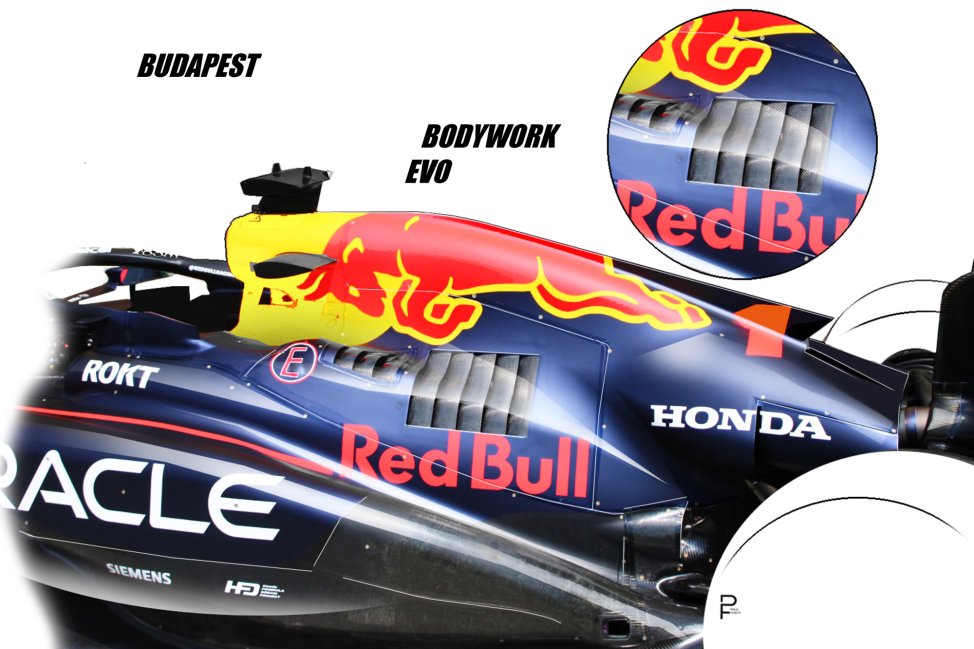
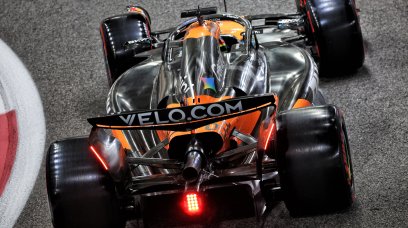
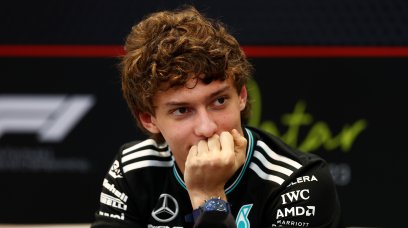

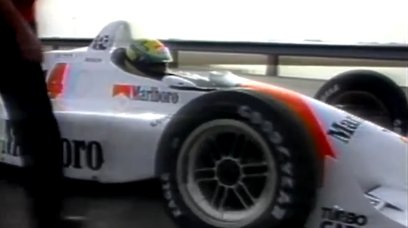
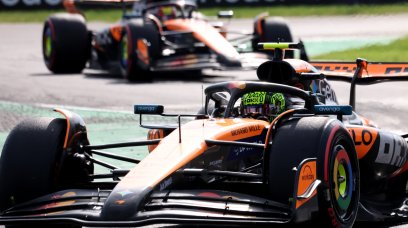
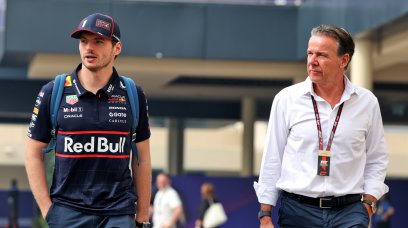

Join the conversation!